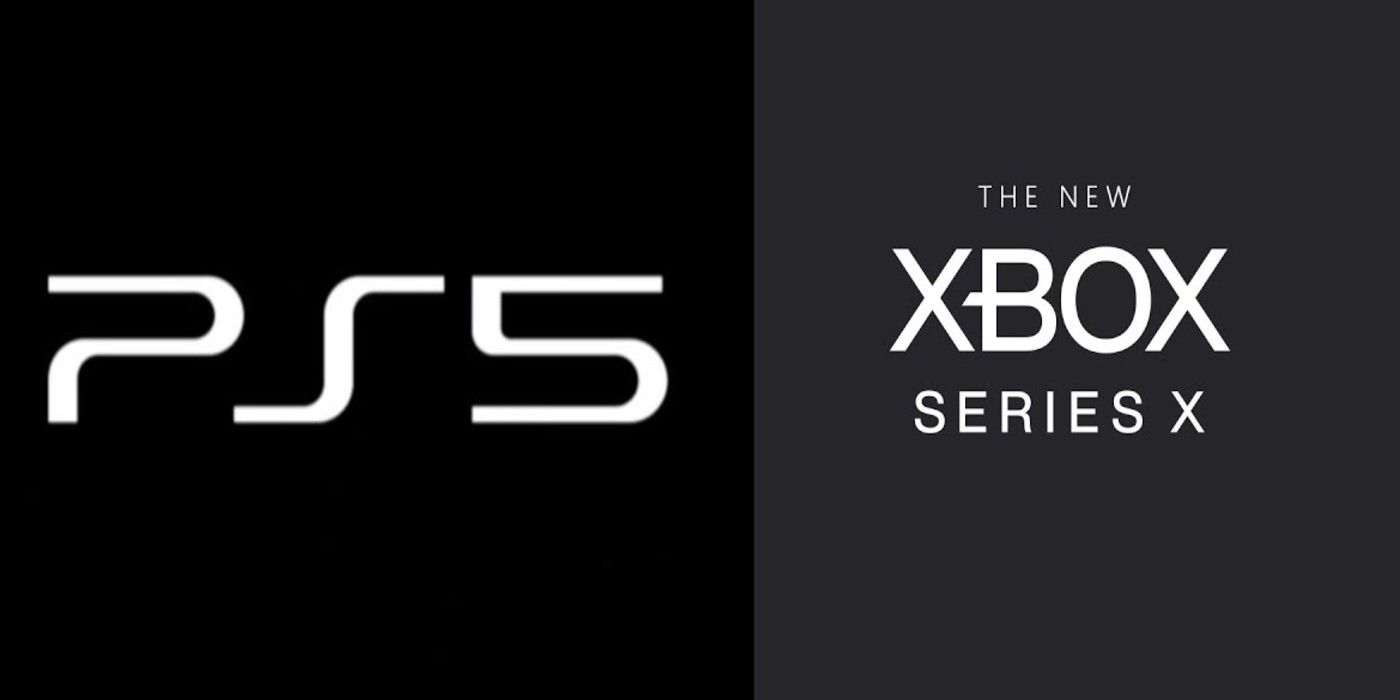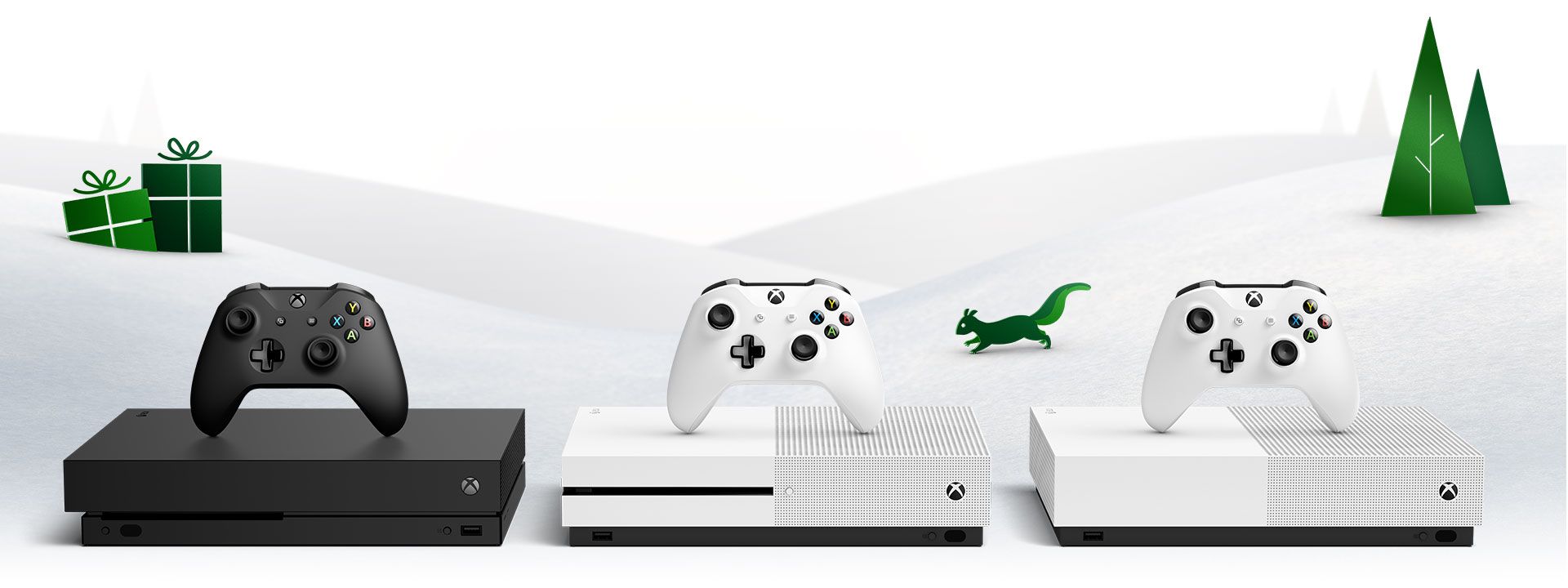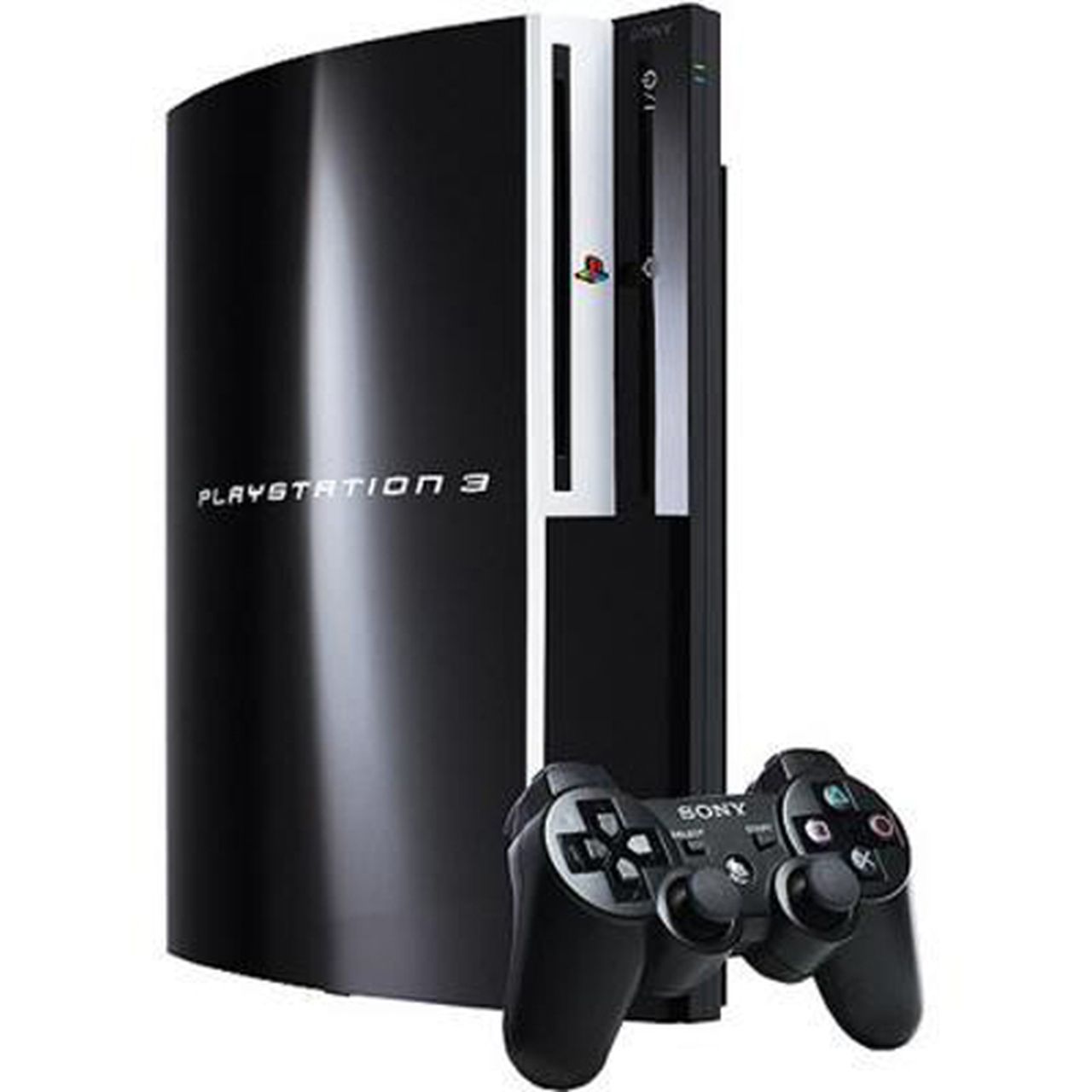How Sony And Microsoft Have Handled PS5 And Xbox Series X Reveals So Far

Microsoft and Sony are once again going head to head in a console battle that will take place over the holiday season later this year. The PS5 and Xbox Series X are currently set to come out roughly sometime between October and December. Going by the reveal timelines for the PS4 and Xbox One generation, the new consoles will most likely launch sometime in November.
Release dates for these types of consoles are typically predictable and this is especially true this time around considering how close the consoles are to launching. The PS4 and Xbox One came out within a week of each other during November of 2013 in North America with both consoles launching to great success in terms of sales. Interestingly, history seems to be repeating itself as both companies have pinned down a holiday launch window for both the PS5 and Xbox Series X. The significant differences between how either company operated then and now will likely shape the future of this new console generation.
When Microsoft and Sony revealed the Xbox One and PS4 in 2013, there was a clear and striking difference between consumers’ reactions of either console, creating such an intensely competitive console atmosphere, the likes of which have not been witnessed since the days of Nintendo versus Sega. This time around, things are already playing out significantly differently.
In May of 2013, Microsoft stunned the gaming world with what eventually turned out to be one of the biggest PR fumbles in the industry. It had announced the Xbox One, named for its ability to be the all-in-one machine for living room entertainment - a goal that has been a priority of Microsoft’s Xbox division since its inception. Though the console was promising and full of potential, Microsoft destroyed its own ability to market it successfully without Sony emphasizing its massive lack of important features - such as the ability to play used games.

Though it is considered to be an afterthought nowadays, the topic of used games was so important in 2013 that it caused a multi-billion dollar corporation to submit to the massively negative reception. Rumors initially started to swirl up that neither console would be able to play used games, with Sony choosing to shy away from the topic altogether during its February reveal of the PS4. Eventually, Microsoft confirmed during the reveal that it would prevent used games which only started the avalanche of problems that followed after. Its focus on TV shows and live sports entertainment also drew the ire of gamers who did not care about those things.
Microsoft’s issues only compounded when during E3 of that year, Sony not only undercut the Xbox One’s launch price by 100 dollars (the Xbox One included the new Kinect accessory at launch which spiked up the price tag), but Sony also massively undermined Microsoft’s entire vision for its new console by allowing used games on the PS4, drawing up endless comparisons by gamers online. Soon after, Microsoft switched gears and followed Sony’s lead, forcing them to play catch up in sales and mind share ever since.
During The Game Awards 2019, Microsoft once again shocked the gaming world, this time in a much more positive light. It revealed the form of the new Xbox Series X, another Halo Infinite trailer, and showed off Senua’s Saga Hellblade 2. It didn’t focus on TV shows and sports, and instead made quite the traditional reveal, leaving a much better impression compared to last time. If Microsoft keeps up the momentum, it will surely have a fighting chance against Sony, which has managed to get over the redemption arc that Microsoft still finds itself in.

Sony is once again on top and is trying to stay there. Much like Microsoft, Sony made an enormous error in angering consumers back during the PS3’s launch in November of 2006. The console was extremely expensive at 600 dollars (there was a 20GB SKU for 500 dollars, and it was notoriously difficult to develop games for.
After pulling a 180 degree turn, Sony did what it could to make the PS4 as appealing as possible, and with its recent milestone of over 100 million units sold, the attempt paid off massively. This time around, Sony is taking a slightly different approach. Having only revealed the tentative specs of the console last year during an interview (which seem to be in line to compete with the Xbox Series X, with both consoles featuring SSDs and ray tracing technology), Sony is taking it slower in its next generation approach. After all, one of the only confirmed games for the PS5 is Godfall, which is being published by Gearbox. Additionally, Sony only just revealed the logo for the new console, so it is moving at a notable slower pace than Microsoft.
The obvious reason is to stay at a competitive level with Microsoft, as it most certainly does not want to cede the lead it has garnered with the PS4 generation. The addition of previously absent features such as backward compatibility for the PS5, rumored to be backward compatible with PS1, PS2, PS3, and PS4 games, is just another opportunity to stay competitive. Both consoles are launching with lessons learned from previous generations.
The PS5 and Xbox Series X are scheduled to launch holiday 2020.

Post a Comment